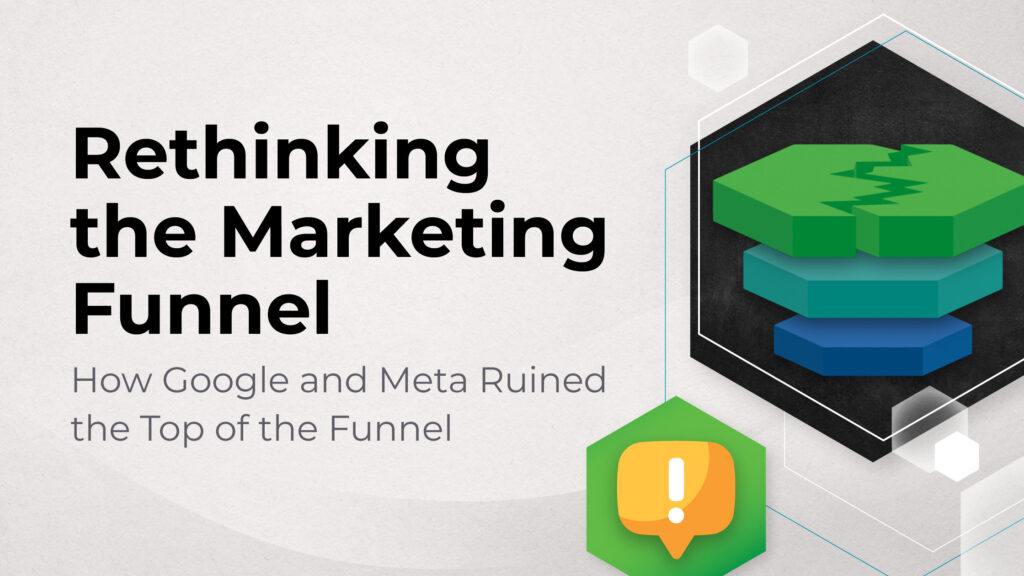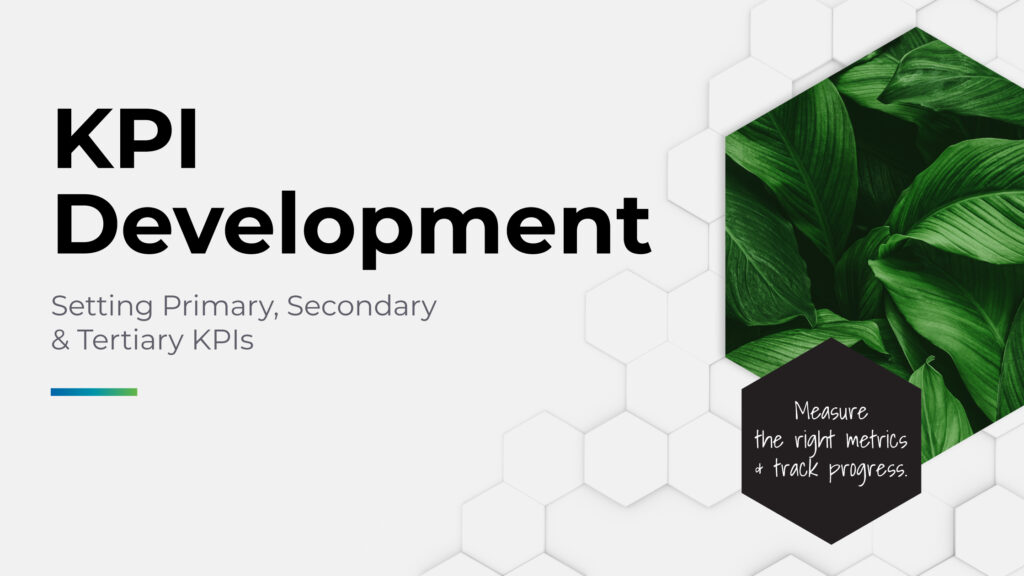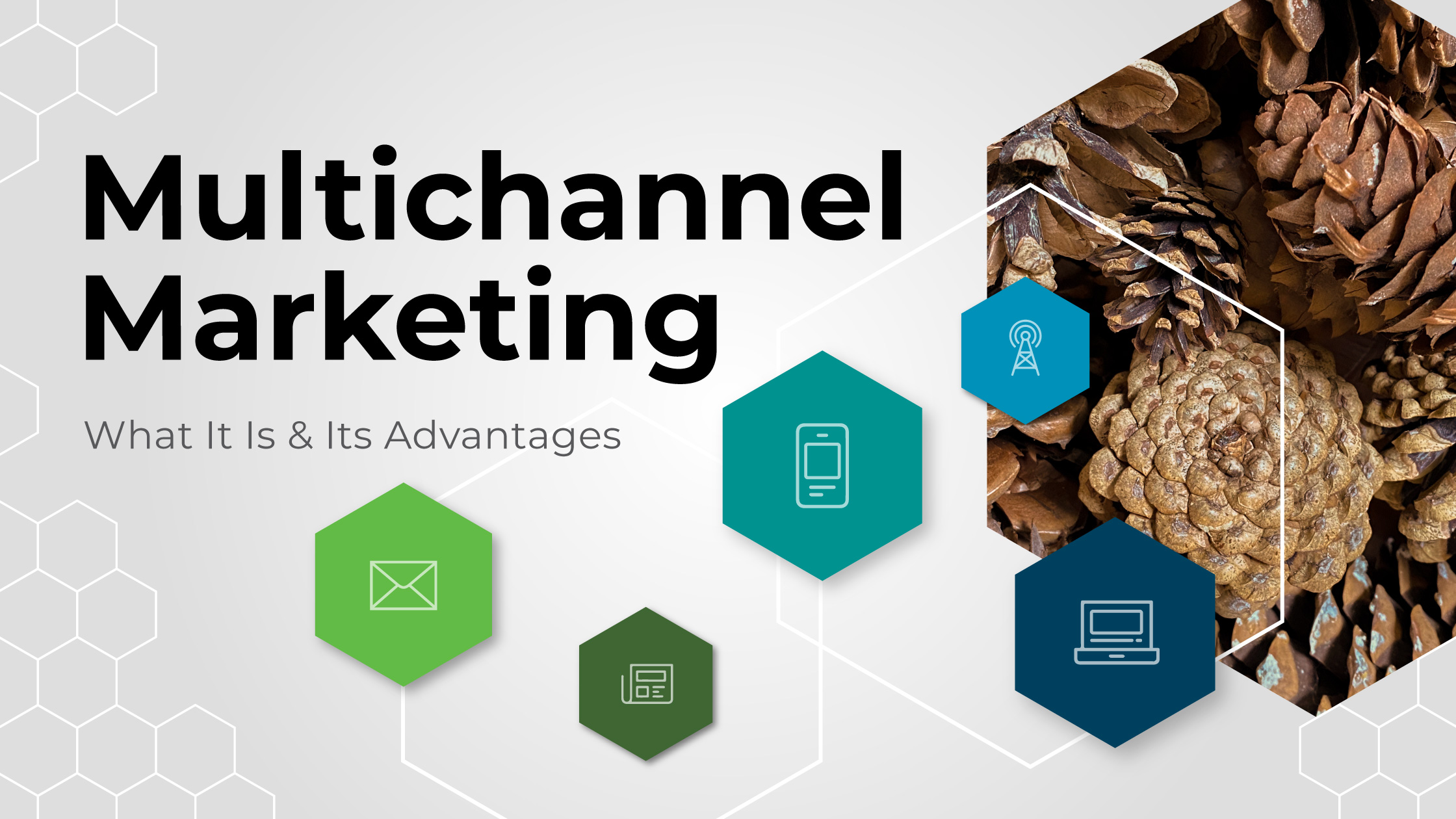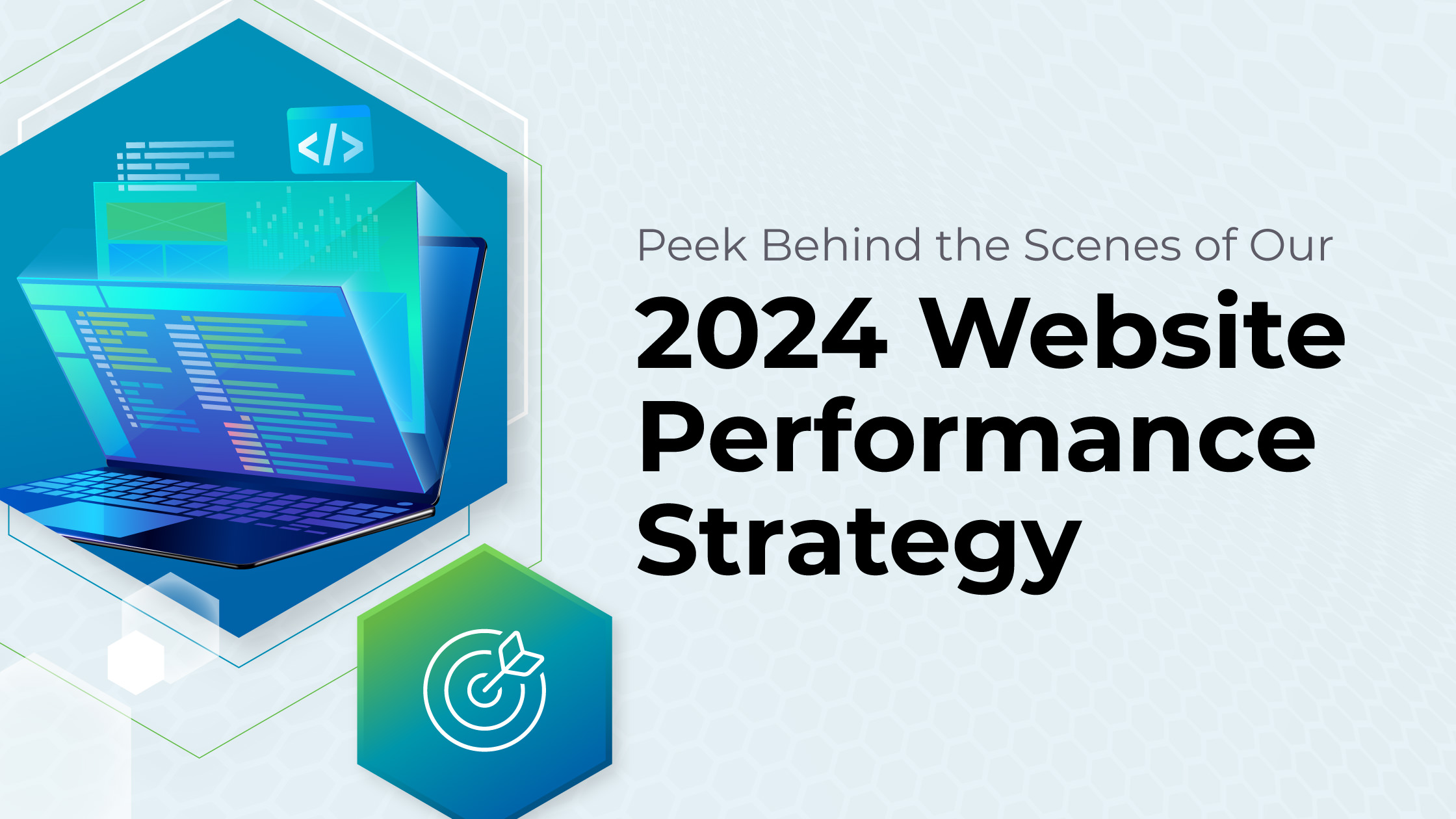
Apiary is a growth collective. We spend our days working to grow the bottom line for client-partners, while growing opportunities for consultant-partners to craft a life on their own terms.
It’s humbling (and downright thrilling!) that we’ve been doing this successfully since 2015.
But continued success isn’t always about looking back – it often requires looking deeply at the present moment, and figuring out what’s likely to materialize in the future.
So as we inch toward our 10-year anniversary and a legacy of continued success for our Hive, we’re excited to embark on a series of website performance optimizations to ApiaryDigital.com.
These changes are inspired by two marketing truths our client-partners constantly hear from us.
Truth #1: All brands exist at the hands of Google.
Maybe you’re ideologically opposed to this one. Control concerns, etc. We get it. And yet, the ubiquitousness of Google is a defining reality of the current performance landscape.
To thrive online, whether you’re paying for clicks or investing in the SEO long game of organic search, you have to make nice with Google. Love it or hate it, they’re inescapable.
- B2B brands aren’t exempt from this.
- Brands who fill 90% of their pipeline via in-person events or a long-standing email list are also not exempt from this.
- We’re growth marketers with decades of business savvy (average of 12 years experience per person) and our website is not exempt either.
- Name any qualifier you like and nope, still not exempt.
Brands who reject the idea that Google has that much influence on their business are in for a rude awakening.
We’ve written about this fortyleventeen times, so pick any of the scenarios below that apply to your brand and see for yourself.
✦ If you’re using paid media in any capacity, read this: How to Drive Brand Awareness with Paid Media and Social Media and this: Advantages of Multi-Channel Marketing.
✦ If you’ve made backend website changes in the past 12 months (or are planning to in the next 12 months), read this: Website Redesign SEO: How to Protect Organic Performance and this: 4 Essential Website Stakeholders You Didn’t Know You Need.
✦ If you’ve ever acquired a customer/client who found you via “free” organic search results (or that’s the dream), read this: How to Optimize Top of Funnel Content and this: 11 Benefits of Content Marketing.
Rethinking the Marketing Funnel: How Google and Meta Ruined the Top of the Funnel
Google and Meta ruined the top of the funnel. Understand what’s changed and learn new strategies for reaching potential customers.
Truth #2: Your website is the key to thriving inside the Googleverse.
Generating meaningful and sustained website traffic requires building and maintaining a site that aligns with the latest performance standards set forth by Google.
But Google is not static – your website can’t be either.
With near-constant algorithm updates, Google is continually evolving itself and the standards it holds brands to. To stay in sync with these fast-moving changes, growth marketers need to live the word ‘pivot.’
And as part of a nimble and highly responsive approach, every brand must constantly invest in website performance optimizations. Endlessly tweak this and improve that. Agile marketing is the only conversation.
Is Agile Marketing The Future in a Post-Linear World?
Learn the importance of agile digital marketing in a performance marketing environment that demands quick, adaptive marketing teams.
Most brands misperceive the purpose of their website, which means they’re managing it poorly.
As all those links above show, many brands don’t fully grasp the enormous role that the technical health of their website plays in paid and organic search performance, but they’re enthusiastically pumping cash into those two things while tossing an occasional bandaid at their site.
On top of that, paid and organic strategies are typically siloed and managed by wholly separate teams, which means the organization’s primary performance stakeholders are not aligned on the true purpose of their shared website.
In most cases, this lack of alignment isn’t just a missed opportunity – it’s a monster snowball that will eventually tank performance because teams are unknowingly working against each other’s goals, or striving for KPIs that were meaningful in 2022 but not today.
KPI Development: Setting Primary, Secondary & Tertiary KPIs
Learn how to set effective primary, secondary, and tertiary KPIs with our KPI development guide. Measure the right metrics and track progress. Read now!
Category leaders must be willing to challenge old assumptions about the POINT of their website.
- Do you want an SEO ranking site that reaches new audiences based on search terms?
- Do you see your website primarily as a content repository?
- Do you just want a decent-looking URL to give people while you cross your fingers and stay optimistic?
Instead of a glib or practiced answer, really sit with the question: How does your organization USE your website? Even better question: Is that the BEST use of your website?
Your 2021 website is likely not as relevant for today’s performance landscape as you might think.
Apiary launched in 2015 with a simple website that we mostly left alone for 8 years.
When our current CEO, Tiffany Coletti Kaiser, took the reins in July 2021, we embarked on a 2-year rebranding project. That initiative followed best practices and expert advice based on:
a) the context of the 2021 internet, and
b) the goal of our website at the time.
Three years and 4,000 Google algorithm updates later, the ecosystem of search (really, the entire planet) has evolved substantially. It’s time for an adjustment.
The Apiary 2024 Website Performance Strategy
“Follow the data. Stay lean & nimble. Evolve on repeat.” That’s the advice we’re constantly giving client-partners (anyone who’ll listen, really). In 2024, we’re chugging a Stanley tumbler full of our own medicine.
Observation #1: Organizational growth requires greater organizational efficiencies
- Bigger organizations need additional infrastructure support, which leads to bigger costs.
- Marketing leaders (like everyone else in the organization) must pull their weight by demonstrating the ROI of marketing efforts (aka: justify the cost of marketing).
- The marketing activity that provides the most ROI is upper funnel awareness, so…
Website Priority #1: Reach net new audiences via ideal search terms
Our website needs to more effectively tell search engines exactly what we offer. Strong search rankings for key services terms is our primary website goal in 2024 and beyond.
Successful SEO efforts attract more net new eyeballs, which reduces mid and lower funnel marketing costs.
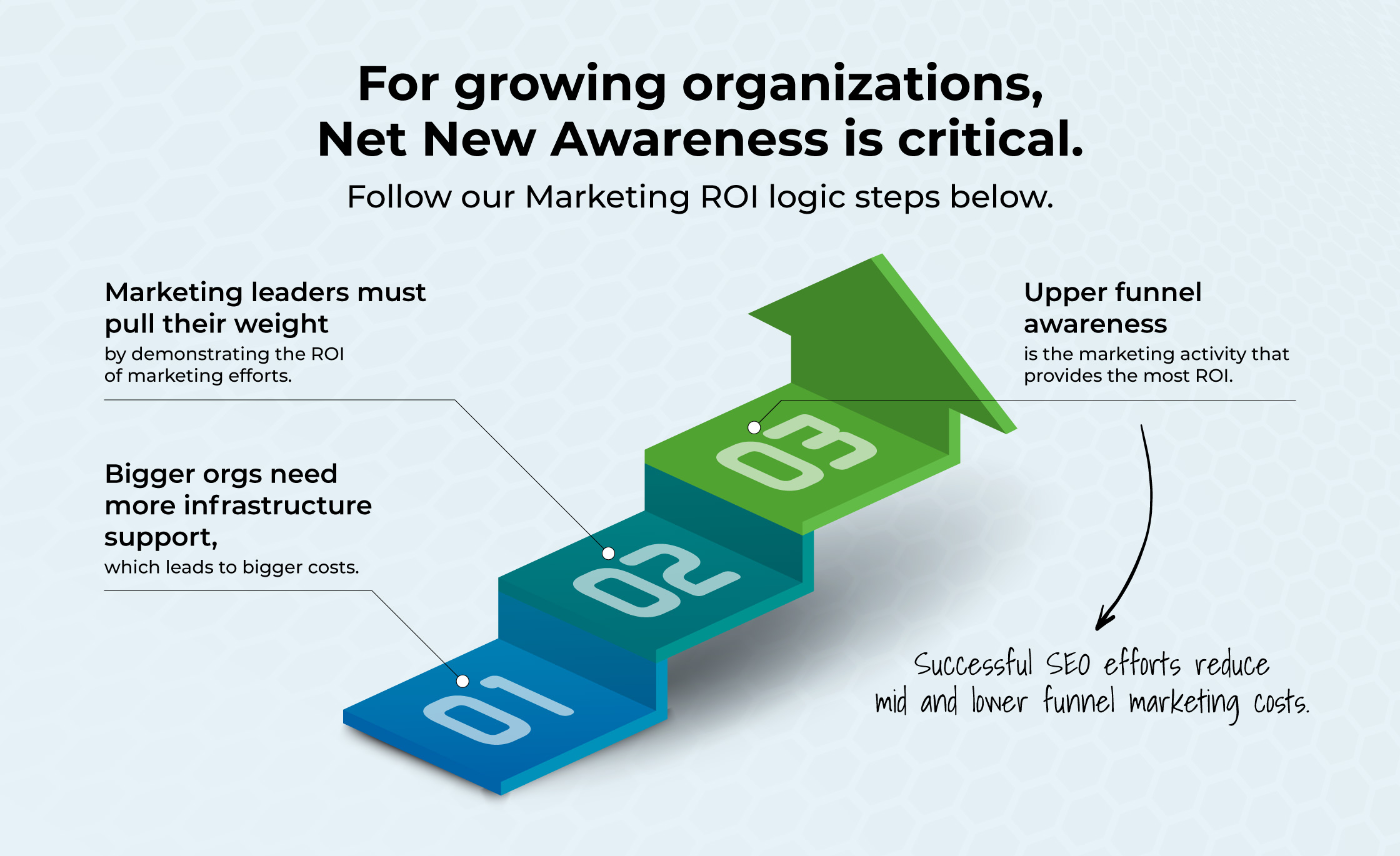
Observation #2: Brands that worship algorithms over everything usually end up disappointed.
- Satisfying an algorithm and receiving the resulting traffic gains doesn’t always equal meaningful engagement and bottom-line growth. We see this frequently.
- Every SEO performance objective needs a sibling strategy for eliciting meaningful human engagement.
- What tried and true marketing principle most effectively drives human engagement? Content marketing.
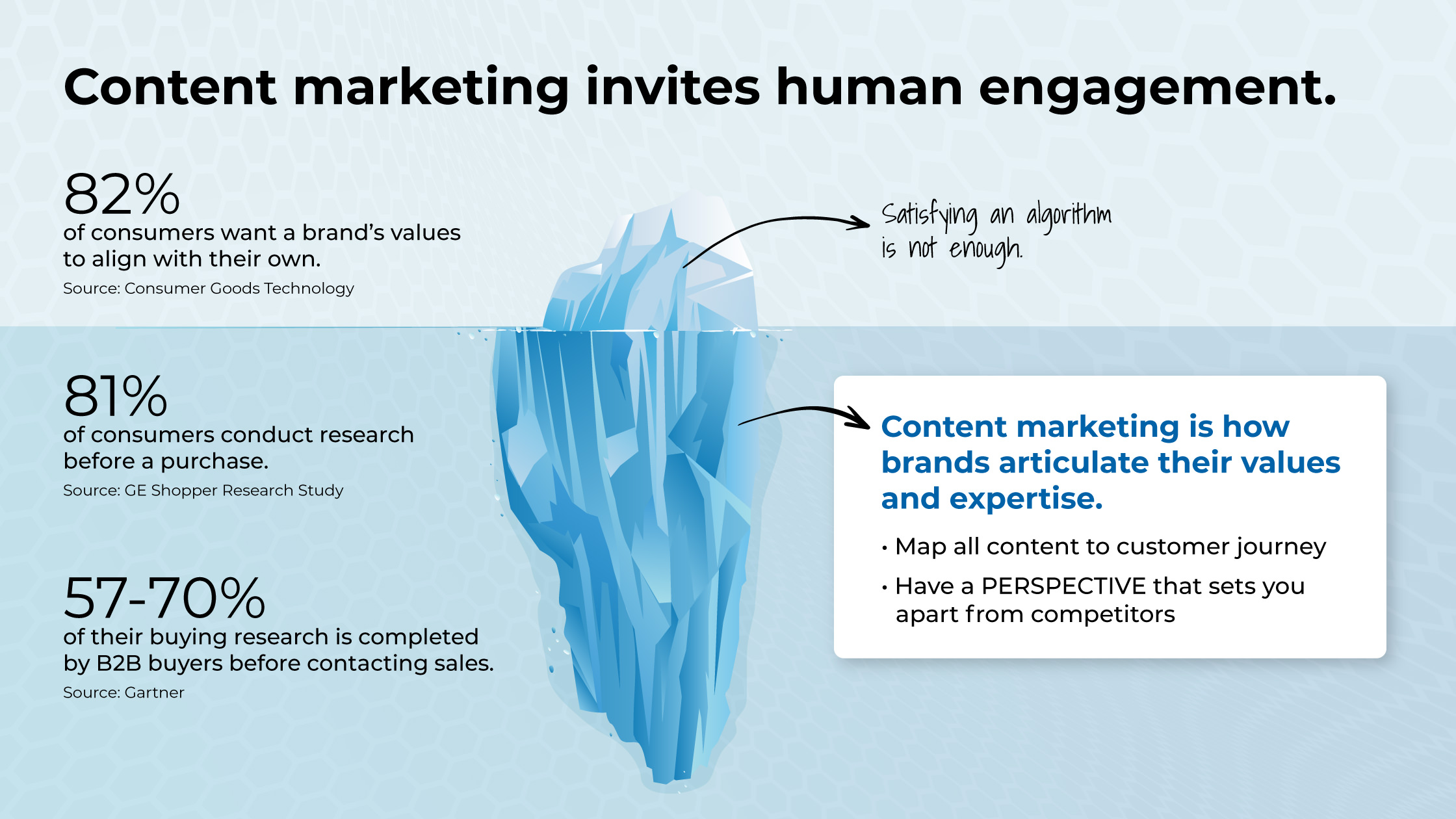
Website Priority #2: Invite meaningful human engagement
Our website must be useful for HUMANS – not just search algorithms.
Revised and net new Services pages, in addition to continuing to publish weekly, long-form blog content that functions as educational and actionable thought leadership, is our secondary website goal in 2024 and beyond.
Growth isn’t the goal. Long-term, sustainable growth is why we get out of bed in the morning.
Thanks for following along as we brought our 2023 blog publishing schedule to a close with this peek inside our website performance thinking and plans for 2024.
The transparency feels good. The team and talent we’re leveraging is exciting!
Wishing you and your marketing family similar feelings as you wrap one year and prep for the next!
Team Apiary
